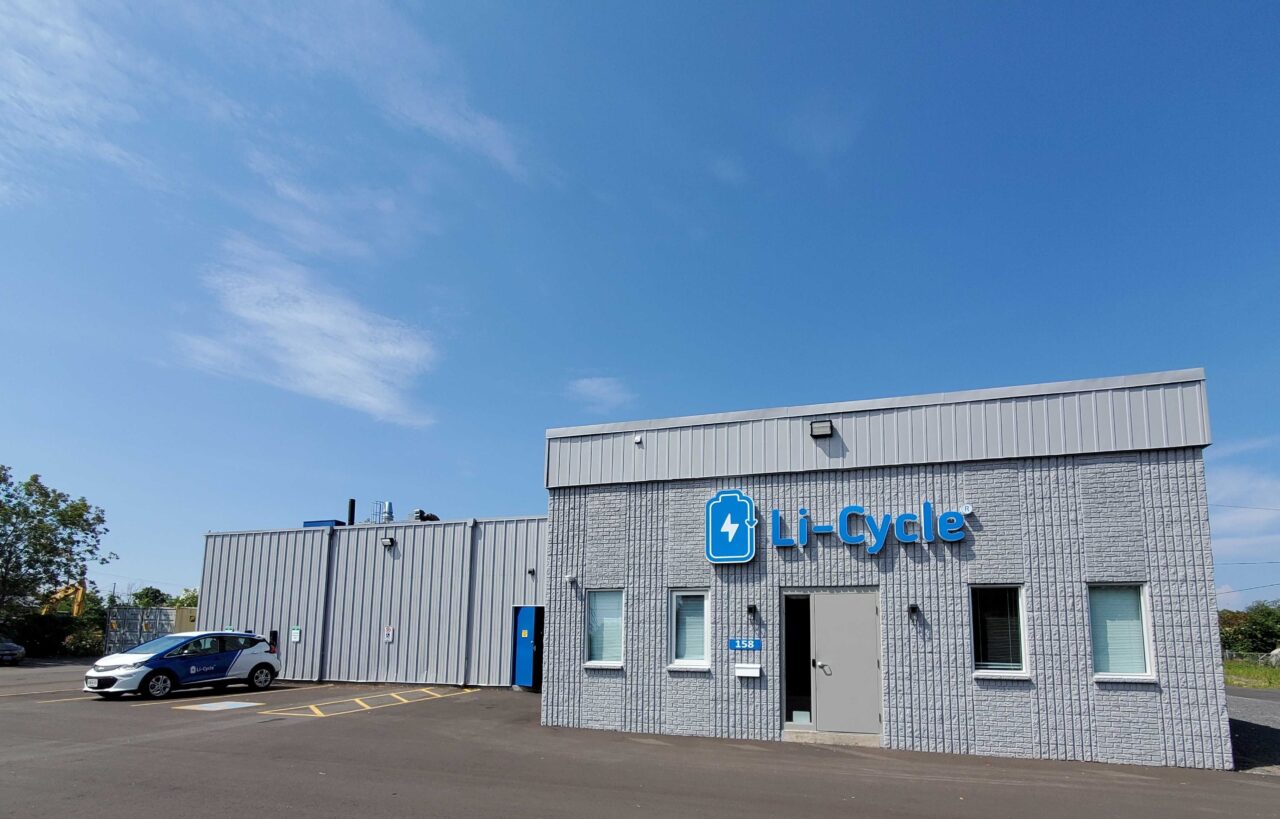



September 30, 2020



September 30, 2020 – Lee Teschler
Consumers with an inclination toward sustainability have been bummed out over recent revelations that most of the plastics they have carefully separated, washed, and placed in recycling bins typically end up in the local dump. So it may come as good news that dead lithium batteries are increasingly likely to avoid the same fate.
The reason: A company called Li-Cycle says it has figured out how to fully recycle all the material in lithium cells. Until now, only the cobalt, nickel, and copper in these batteries typically got recycled. Everything else, including the lithium, went into the waste stream.
Li-Cycle says there are several efforts happening worldwide aimed at recovering battery-grade lithium. But they are typically on a bench or pilot scale. The company thinks it may be the only facility doing so that is up and running as a business. It also claims to be the largest recycler of lithium-ion batteries in North America.
The firm‘s approach is to shred the batteries at numerous facilities spread out all over the country, then ship the now-compacted material to a central plant for extraction. Those familiar with lithium cells will realize that shredding them without starting a fire is a neat trick. Puncturing a lithium cell from a laptop, for example, generally makes the cell get super hot and eventually out-gas. A lithium-ion cell from a cell phone or toy that’s damaged frequently balloons up and may explode. Li-Cycle avoids such calamities during shredding by conducting the whole process, which has been patented, in an oxygen-free atmosphere.
The resulting shredded material is inert. It consists of separated plastics, copper, aluminum, and cathode and anode material containing lithium, nickel, cobalt, graphite, and other metals.
Li-Cycle’s tactic of shredding batteries at numerous distributed sites avoids the transportation costs which make it impractical to recycle several kinds of consumer materials. Many glass bottles tossed in recycling bins, for example, typically don’t end up being used to make new glass. One reason is the overly long distance between most recycling facilities and used glass processors, called cullet suppliers, that lead to prohibitive shipping bills.
Once the shredded material arrives at a Li-Cycle central hub, 95% of it gets recovered, the company claims. More important, the recovered materials are good enough to be reused in new lithium batteries. Li-Cycle also asserts the purity of these materials is on par with that of mined and refined versions and price competitive with virgin materials.
But it turns out there is a tangle of thorny issues associated with tailoring reclaimed materials to the specs needed by battery manufacturers. Graphite compounds used in electrodes, for example, tend to have subtle differences in makeup depending on the battery maker. So graphite reclaimed from lithium cells, at least in the near term, will probably end up in applications other than those involving batteries.
That’s still better than what happens in ordinary battery recycling processes where graphite generally gets burned off as a waste product. All in all, it doesn’t look as though we’ll be seeing many lithium batteries in landfills.
